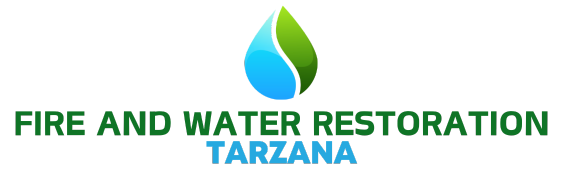Disasters like fires and floods can strike unexpectedly, leaving homes and businesses in disarray. The aftermath can feel overwhelming, but knowing the right steps to take can make a significant difference in how quickly and safely recovery happens. Whether you’re dealing with smoke-damaged furniture or waterlogged floors, having a clear plan is essential. Here are practical, actionable tips to help you navigate the chaos and start the path to restoration.
Focus on Safety First
Your health and safety should always be the top priority. After a fire, wait for official clearance before re-entering the building to avoid risks from structural instability or lingering smoke. In the case of water damage, be extremely cautious of electrical hazards. Shut off electricity if there’s standing water near outlets or appliances, and avoid walking through water unless you’re sure it’s safe.
Contact Emergency Services
Call 911 or your local emergency service if there’s still an active threat or any danger present. Firefighters can confirm whether it’s safe to return and secure the scene. For water issues, such as a major pipe burst, notify utility companies to help stop the source. Also, it’s wise to contact a disaster restoration company as early as possible—they can begin mitigation right away.
Document Everything
Once conditions are safe, start documenting the damage with photos and videos. Capture every affected area and item, including walls, ceilings, floors, furniture, appliances, and personal belongings. These records will be vital for your insurance claim. If possible, create a written inventory alongside the visual documentation.
Notify Your Insurance Provider
Let your insurance company know about the incident immediately. Many policies require prompt reporting, and the sooner you begin the claims process, the better. Your agent will walk you through what is and isn’t covered and may recommend trusted contractors or restoration specialists.
Begin Initial Cleanup
When dealing with water damage, remove standing water using pumps, wet vacuums, or towels. Open windows, turn on fans, and use dehumidifiers to dry out the space and reduce the risk of mold growth. For fire damage, clear away debris cautiously and avoid spreading soot. If the cleanup feels too extensive, professional help is highly recommended.
Prevent Further Issues
Take immediate steps to stop the situation from getting worse. For example, board up broken windows, cover roof holes with tarps, or shut off plumbing sources causing leaks. Move salvageable belongings to a dry, clean area. Removing wet carpets and upholstery early can also prevent mold and mildew from spreading.
Hire Professional Restoration Experts
Trained professionals can assess the full extent of the damage and start restoration work properly. They use advanced equipment to dry, clean, and sanitize affected areas, and they understand how to handle hazardous materials like smoke residues or mold. Many also coordinate directly with insurance companies, making the process more manageable for you.
Be Aware of Mold and Smoke Residue
Water damage can lead to mold growth in hidden areas such as wall cavities, flooring, and air ducts. If you smell a musty odor or see suspicious spots, call a mold remediation expert. Smoke, on the other hand, can leave behind harmful particles and odors. These often require specialized cleaning and deodorizing methods to fully eliminate.
Check for Structural Damage
Even if everything looks stable on the surface, damage may have weakened parts of the structure. Cracks in the walls, sagging ceilings, or uneven floors could be signs of deeper issues. A licensed contractor or structural engineer should inspect the building before you proceed with major repairs or renovations.
Don’t Overlook Your Emotional Well-being
It’s normal to feel overwhelmed, stressed, or even grief-stricken after a fire or flood. Your home or business is more than just a building—it holds memories, important belongings, and a sense of security. Reach out for emotional support from loved ones, community organizations, or mental health professionals as needed. Taking care of your mental health is just as important as repairing the physical damage.
Take Preventive Measures
After things are back to normal, use the experience to improve preparedness. Install smoke detectors and water sensors, and regularly inspect your plumbing and electrical systems. Store valuable documents in waterproof and fireproof containers. Review and update your insurance policy to make sure it adequately covers future risks.
Recovering from fire or water damage is a process that takes time, patience, and the right strategy. Acting quickly, keeping safety in mind, and getting the right professional help will make the road to recovery smoother and more effective. While the situation may feel devastating at first, with the right steps, it’s entirely possible to restore not just your property, but your peace of mind as well.
